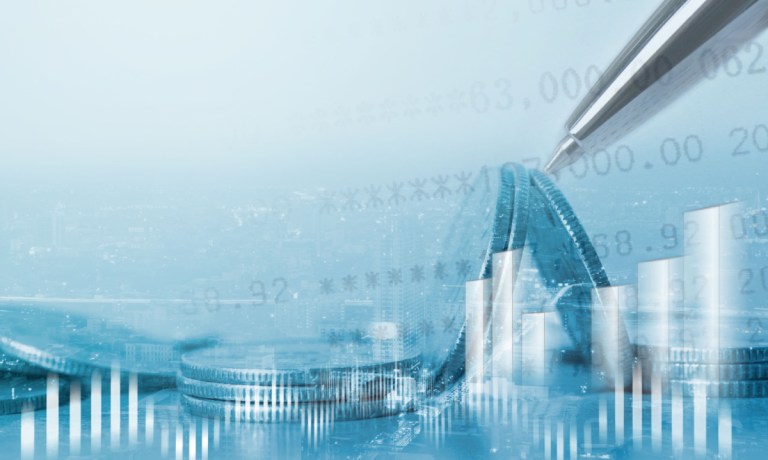
The Federal Reserve is planning another rate hike aimed at slowing inflation.
But a report Wednesday (July 26) by The New York Times notes that some observers are watching a threat to that effort: “a tower of dicey-looking corporate debt.”
When borrowing costs were low, companies took on cheap debt to pay for their operations. Now, with interest rates above 5%, the concern is that, as loans come due and companies still need cash, defaults and bankruptcies could rise.
According to the report, citing data from S&P Global Ratings, corporate defaults are at their quickest pace in more than 10 years. Meanwhile, the S&P says $858 billion in bonds and loans carry B- or lower ratings, with hundreds of other companies facing severe stress from higher interest rates.
“The financial system is this machine, and it’s shaking terribly because of all the stress put on it,” Mark Zandi, chief economist of Moody’s Analytics, told the Times. “The Fed is desperately trying to keep it from blowing a gasket.”
Another threat, the report notes, is that consumers could scale back their spending — after building up savings cushions during the pandemic — as they too faced steeper borrowing costs.
PYMNTS data as recent as May indicates that the excess savings firepower has begun to dwindle. As many as 12% of consumers spent more than they earned in the six months leading to October.
To manage these expenses, 27% of households drew from savings to manage credit card debt alone, and 35% of that “extra” pandemic-era savings had been spent down. Dipping into savings is a driver behind the almost 21% of consumers who live paycheck to paycheck.
There are some pockets of strength. For example, millennials have $11,000 in savings up from an average of $7,300 a year ago.
Meanwhile, consumer confidence remains high, with close to a third of respondents in the Conference Board’s most recent survey saying their financial situation is “good,” compared to 28.8% as measured in June. Consumers felt more optimistic about the short-term business conditions outlook in July, with 17.1% of consumers expecting business conditions to improve, up from 14.6% before.
“Confidence may take a while to translate into spending, and indeed, most consumers surveyed said that spending over the next six months in categories such as restaurants, recreation or travel will be the same as had been seen in July,” PYMNTS wrote.